Home>Furniture & Design>Bathroom Accessories>What Cleans Toilet Bowl Ring
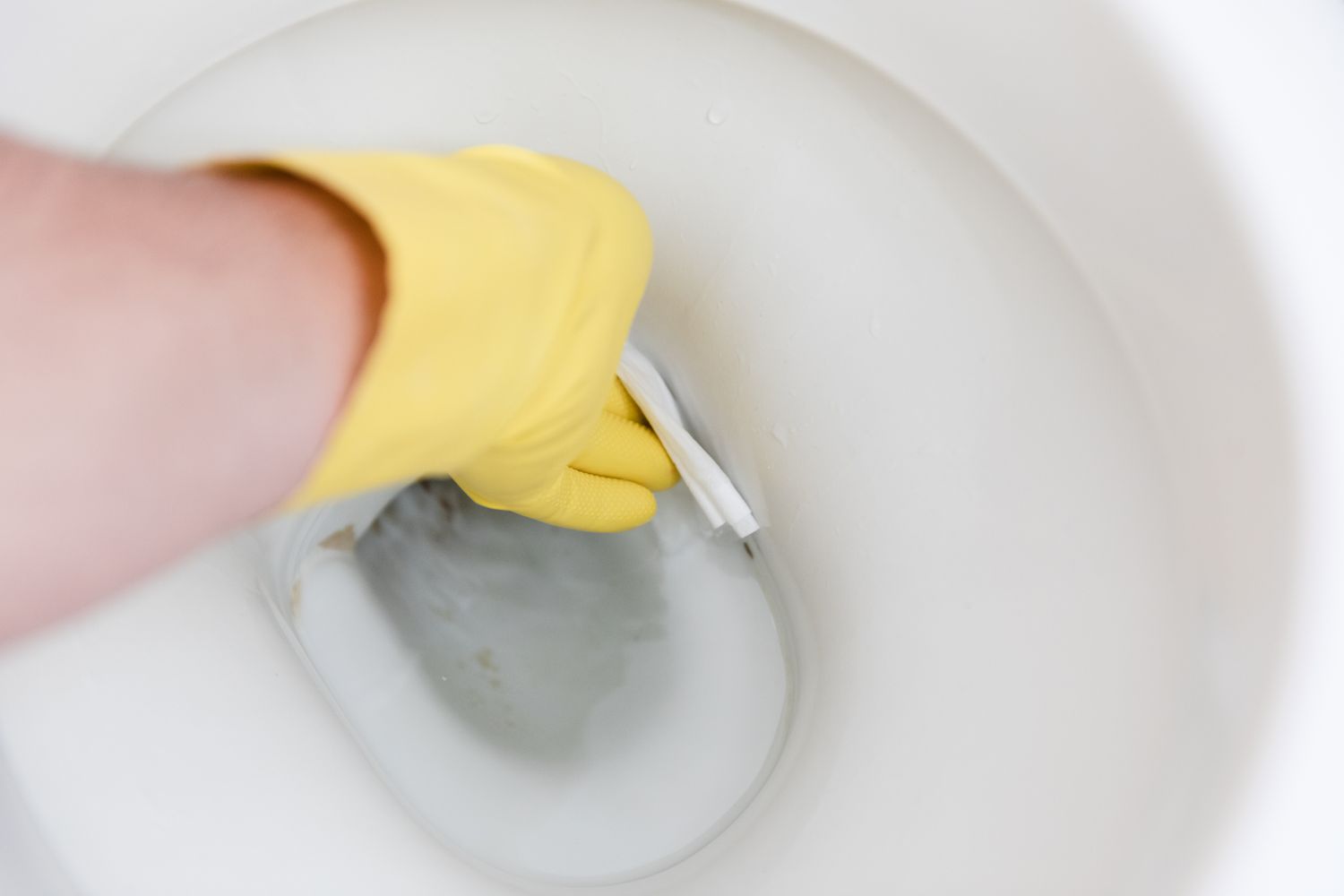

Bathroom Accessories
What Cleans Toilet Bowl Ring
Modified: February 17, 2024
Discover effective bathroom accessories for removing toilet bowl rings and keeping your toilet clean. Find the best solutions for a sparkling, stain-free toilet.
(Many of the links in this article redirect to a specific reviewed product. Your purchase of these products through affiliate links helps to generate commission for Storables.com, at no extra cost. Learn more)
Introduction
When it comes to maintaining a clean and hygienic bathroom, one of the most common challenges that homeowners face is dealing with toilet bowl rings. These unsightly stains can be a source of frustration, as they not only detract from the overall cleanliness of the bathroom but also pose a significant cleaning challenge. Understanding the causes of toilet bowl rings and the most effective methods for removing and preventing them is essential for anyone seeking to keep their bathroom sparkling and fresh.
In this comprehensive guide, we will delve into the world of toilet bowl rings, exploring the factors that contribute to their formation, the various natural and commercial cleaning solutions available, and proactive measures to prevent their recurrence. Whether you are a homeowner, a cleaning professional, or simply someone looking to elevate their bathroom maintenance game, this article will equip you with the knowledge and strategies needed to tackle toilet bowl rings effectively.
So, if you've ever wondered about the best ways to banish those stubborn toilet bowl rings and keep your bathroom looking pristine, you've come to the right place. Let's embark on a journey to uncover the secrets of combating toilet bowl rings and reclaiming the cleanliness and freshness of your bathroom space.
Key Takeaways:
- Say goodbye to toilet bowl rings by using natural remedies like white vinegar and baking soda, or commercial cleaners like bleach-based and enzymatic cleaners. Prevent future stains with regular cleaning and addressing hard water.
- Understanding the causes of toilet bowl rings, such as hard water and inadequate cleaning, is key to effectively removing and preventing them. Embrace natural and commercial cleaning solutions while implementing proactive measures for a sparkling clean bathroom.
Read more: What Causes Toilet Bowl Ring
Understanding Toilet Bowl Rings
Toilet bowl rings are a common nuisance that can detract from the overall cleanliness and aesthetic appeal of a bathroom. These stubborn stains, often appearing as dark, discolored rings around the waterline of the toilet bowl, are typically caused by a buildup of mineral deposits, mold, mildew, or bacteria. Understanding the nature of these unsightly rings is crucial in effectively addressing and preventing their recurrence.
The formation of toilet bowl rings is often attributed to the presence of hard water, which contains high levels of minerals such as calcium, magnesium, and iron. When hard water is flushed into the toilet bowl and comes into contact with the porcelain surface, it can leave behind mineral deposits that gradually accumulate over time, resulting in the formation of stubborn rings. Additionally, the moist and humid environment of the bathroom provides an ideal breeding ground for mold, mildew, and bacteria, further contributing to the development of these unsightly stains.
Furthermore, the use of certain cleaning products, especially those containing harsh chemicals or abrasive agents, can inadvertently exacerbate the problem by damaging the protective glaze of the toilet bowl, making it more susceptible to staining and discoloration. Inadequate or infrequent cleaning routines can also lead to the accumulation of organic matter and mineral deposits, accelerating the formation of toilet bowl rings.
It's important to recognize that toilet bowl rings are not merely cosmetic issues; they can also harbor harmful bacteria and contribute to unpleasant odors if left unaddressed. Therefore, gaining a comprehensive understanding of the factors that contribute to the formation of these stains is essential in devising effective cleaning and prevention strategies.
By comprehending the underlying causes of toilet bowl rings, individuals can make informed decisions regarding the selection of cleaning products and methods, as well as implement proactive measures to mitigate the conditions that foster the development of these unsightly stains. With this knowledge in hand, it becomes possible to tackle toilet bowl rings with confidence and restore the pristine cleanliness of the bathroom environment.
Common Causes of Toilet Bowl Rings
Toilet bowl rings, those stubborn and unsightly stains that seem to materialize out of nowhere, can be attributed to several common causes. Understanding these underlying factors is crucial in effectively addressing and preventing the recurrence of these pesky stains.
-
Hard Water: One of the primary culprits behind toilet bowl rings is hard water. This type of water contains high levels of minerals, such as calcium, magnesium, and iron. When hard water is flushed into the toilet bowl and comes into contact with the porcelain surface, it leaves behind mineral deposits that gradually accumulate over time, resulting in the formation of stubborn rings.
-
Moisture and Humidity: The bathroom environment, characterized by its moisture and humidity, provides an ideal breeding ground for mold, mildew, and bacteria. These microorganisms thrive in damp conditions and can contribute to the development of unsightly stains in the toilet bowl.
-
Inadequate Cleaning: Infrequent or inadequate cleaning routines can lead to the accumulation of organic matter and mineral deposits in the toilet bowl. Over time, this buildup can accelerate the formation of toilet bowl rings, making them more challenging to remove.
-
Harsh Cleaning Products: The use of certain cleaning products, especially those containing harsh chemicals or abrasive agents, can inadvertently exacerbate the problem. These products may damage the protective glaze of the toilet bowl, making it more susceptible to staining and discoloration.
-
Old or Faulty Toilet Components: In some cases, old or faulty toilet components, such as deteriorating flappers or malfunctioning fill valves, can lead to water leakage or inadequate flushing. This can result in stagnant water in the bowl, providing an opportunity for mineral deposits and stains to form.
By recognizing these common causes of toilet bowl rings, individuals can take proactive measures to address and prevent their recurrence. Whether it involves implementing a regular cleaning schedule, using appropriate cleaning products, or addressing potential issues with the toilet's components, understanding these underlying factors is essential in maintaining a clean and pristine bathroom environment.
Natural Cleaning Solutions for Toilet Bowl Rings
When it comes to combating toilet bowl rings, natural cleaning solutions offer an effective and environmentally friendly alternative to harsh chemical cleaners. These natural remedies not only help remove stubborn stains but also contribute to a healthier and more sustainable approach to bathroom maintenance. Here are some natural cleaning solutions that can help banish toilet bowl rings:
1. White Vinegar
White vinegar, a versatile and eco-friendly cleaning agent, is highly effective in combating toilet bowl rings. Its acidic nature helps dissolve mineral deposits and stains, making it an excellent natural solution for restoring the cleanliness of the toilet bowl. To use white vinegar, pour it directly into the toilet bowl and allow it to sit for several hours or overnight. Afterward, scrub the bowl with a toilet brush and flush to reveal a sparkling, ring-free surface.
Read more: What Causes The Pink Ring In The Toilet Bowl
2. Baking Soda
Baking soda, renowned for its gentle abrasive properties and deodorizing capabilities, is another natural remedy for tackling toilet bowl rings. To use baking soda, sprinkle it generously into the toilet bowl, ensuring that it covers the stained areas. Then, add white vinegar to initiate a foaming reaction. Allow the mixture to sit for some time before scrubbing the bowl with a toilet brush. The combined power of baking soda and vinegar effectively lifts and removes stubborn stains, leaving the toilet bowl refreshed and clean.
3. Lemon Juice
Lemon juice, with its natural acidity and refreshing scent, serves as a potent natural cleaner for toilet bowl rings. The citric acid in lemon juice helps break down mineral deposits and stains, while its fresh fragrance imparts a pleasant aroma to the bathroom. Squeeze fresh lemon juice directly into the toilet bowl, ensuring that it coats the stained areas. Allow the juice to sit for a while before scrubbing and flushing the bowl to reveal a gleaming, ring-free surface.
4. Borax
Borax, a naturally occurring mineral compound, is known for its cleaning and disinfecting properties. When used to tackle toilet bowl rings, borax effectively removes stains and inhibits the growth of mold and bacteria. To use borax, sprinkle it into the toilet bowl and allow it to sit for some time. Then, scrub the bowl with a toilet brush and flush to eliminate the stains and restore the toilet bowl's pristine appearance.
By harnessing the power of these natural cleaning solutions, individuals can effectively combat toilet bowl rings while minimizing the use of harsh chemicals. These eco-friendly remedies not only contribute to a cleaner and fresher bathroom environment but also align with sustainable and environmentally conscious cleaning practices.
Commercial Cleaning Products for Toilet Bowl Rings
Commercial cleaning products specifically formulated for tackling toilet bowl rings offer a convenient and potent solution for effectively removing stubborn stains and restoring the pristine cleanliness of the toilet bowl. These specialized products are designed to target mineral deposits, mold, mildew, and bacteria, providing a powerful and efficient means of combating toilet bowl rings. Here are some popular commercial cleaning products that are highly effective in addressing toilet bowl rings:
-
Bleach-Based Cleaners: Bleach-based toilet bowl cleaners are renowned for their potent disinfecting and stain-removing properties. These products contain chlorine bleach, which effectively breaks down and removes tough stains, including those caused by mineral deposits and organic matter. When using bleach-based cleaners, it is important to follow the manufacturer's instructions and ensure adequate ventilation to minimize exposure to strong fumes.
-
Hydrochloric Acid Cleaners: Hydrochloric acid-based toilet bowl cleaners are highly effective in dissolving mineral deposits and tackling tough stains. These products work by chemically breaking down the buildup of limescale, calcium, and other minerals, leaving the toilet bowl sparkling clean. It is essential to use these cleaners with caution and adhere to safety guidelines, including wearing protective gloves and ensuring proper ventilation.
-
Oxygen-Based Cleaners: Oxygen-based toilet bowl cleaners harness the power of oxygen bleach to lift and remove stains without the use of harsh chemicals. These cleaners are gentle on the environment and safe for septic systems, making them a popular choice for eco-conscious individuals. Oxygen-based cleaners effectively target toilet bowl rings while minimizing the impact on the surrounding environment.
-
Enzymatic Cleaners: Enzymatic toilet bowl cleaners utilize natural enzymes to break down organic matter, mold, and mildew, effectively eliminating the source of toilet bowl rings. These cleaners are particularly effective in preventing the recurrence of stains by targeting the root cause of the problem. Enzymatic cleaners offer a safe and sustainable approach to combating toilet bowl rings, making them a preferred choice for those seeking eco-friendly solutions.
-
Citric Acid Cleaners: Citric acid-based toilet bowl cleaners offer a natural and environmentally friendly alternative for removing toilet bowl rings. Derived from citrus fruits, citric acid effectively dissolves mineral deposits and stains, leaving the toilet bowl fresh and clean. These cleaners are gentle on surfaces and provide a refreshing citrus scent, enhancing the overall bathroom cleaning experience.
By leveraging the efficacy of these commercial cleaning products, individuals can effectively combat toilet bowl rings and maintain a hygienic and visually appealing bathroom environment. It is important to select products that align with specific cleaning needs and preferences, ensuring optimal results while prioritizing safety and environmental considerations.
Read more: What Causes Black Ring In Toilet Bowl
Preventing Toilet Bowl Rings
Preventing toilet bowl rings is essential for maintaining a clean and hygienic bathroom environment. By implementing proactive measures and adopting effective cleaning practices, individuals can minimize the recurrence of stubborn stains and preserve the pristine appearance of their toilet bowls. Here are some strategies for preventing toilet bowl rings:
1. Regular Cleaning Routine
Establishing a regular cleaning schedule for the toilet bowl is crucial in preventing the buildup of mineral deposits, mold, and bacteria that contribute to the formation of toilet bowl rings. By incorporating toilet bowl cleaning into weekly or bi-weekly cleaning routines, individuals can effectively remove potential sources of stains and maintain a fresh and sanitary toilet bowl.
2. Use of Preventive Cleaners
Utilizing preventive cleaners designed to inhibit the accumulation of mineral deposits and stains can help proactively combat the formation of toilet bowl rings. These cleaners often contain ingredients that coat the toilet bowl surface, creating a protective barrier against mineral buildup and organic matter. By incorporating preventive cleaners into regular cleaning routines, individuals can minimize the likelihood of stubborn stains taking hold.
3. Addressing Hard Water
Installing a water softening system or using water softening agents can help address the issue of hard water, which is a common contributor to toilet bowl rings. By reducing the mineral content in the water supply, individuals can mitigate the buildup of mineral deposits in the toilet bowl, effectively preventing the formation of unsightly stains.
Read more: How To Prevent Toilet Bowl Rings
4. Proper Ventilation
Ensuring adequate ventilation in the bathroom can help reduce moisture and humidity levels, thereby creating an environment less conducive to the growth of mold, mildew, and bacteria. Proper ventilation, such as using exhaust fans or opening windows, can contribute to a drier bathroom environment, minimizing the conditions that foster the development of toilet bowl rings.
5. Regular Maintenance of Toilet Components
Regularly inspecting and maintaining toilet components, such as flappers, fill valves, and seals, can help prevent water leakage and ensure proper flushing. Addressing any issues with toilet components can minimize the risk of stagnant water in the bowl, reducing the opportunity for mineral deposits and stains to form.
By incorporating these preventive measures into their bathroom maintenance routine, individuals can effectively minimize the occurrence of toilet bowl rings and preserve the cleanliness and freshness of their toilet bowls. Proactive prevention, coupled with regular cleaning and maintenance, is key to ensuring a pristine and inviting bathroom environment.
Conclusion
In conclusion, the battle against toilet bowl rings is a common challenge faced by many individuals striving to maintain a clean and hygienic bathroom environment. Understanding the underlying causes of these stubborn stains, such as hard water, moisture, inadequate cleaning, and harsh cleaning products, is essential in devising effective strategies for their removal and prevention.
Throughout this comprehensive guide, we have explored a range of natural and commercial cleaning solutions tailored to combat toilet bowl rings. From the versatile cleaning power of white vinegar and baking soda to the eco-friendly attributes of oxygen-based and enzymatic cleaners, individuals have a myriad of options to choose from based on their preferences and environmental considerations. Furthermore, the proactive measures outlined for preventing toilet bowl rings, including regular cleaning routines, the use of preventive cleaners, addressing hard water, ensuring proper ventilation, and maintaining toilet components, offer a holistic approach to preserving the pristine appearance of the toilet bowl.
By integrating these insights and strategies into their bathroom maintenance routines, individuals can effectively banish toilet bowl rings and uphold the cleanliness and freshness of their bathroom spaces. Whether opting for natural remedies to minimize chemical exposure or selecting specialized commercial cleaners for targeted stain removal, the key lies in informed decision-making and proactive prevention.
It is important to recognize that the battle against toilet bowl rings is not merely a cosmetic endeavor; it is a fundamental aspect of maintaining a healthy and inviting bathroom environment. By addressing the root causes of these stubborn stains and implementing proactive cleaning and prevention measures, individuals can elevate the overall cleanliness and hygiene of their bathrooms, creating a space that is both visually appealing and conducive to well-being.
In essence, the journey to combat toilet bowl rings is a multifaceted endeavor that encompasses knowledge, proactive measures, and the conscious selection of cleaning solutions. By embracing these principles, individuals can reclaim the pristine cleanliness of their bathroom spaces and bid farewell to the persistent challenge of toilet bowl rings.
Frequently Asked Questions about What Cleans Toilet Bowl Ring
Was this page helpful?
At Storables.com, we guarantee accurate and reliable information. Our content, validated by Expert Board Contributors, is crafted following stringent Editorial Policies. We're committed to providing you with well-researched, expert-backed insights for all your informational needs.
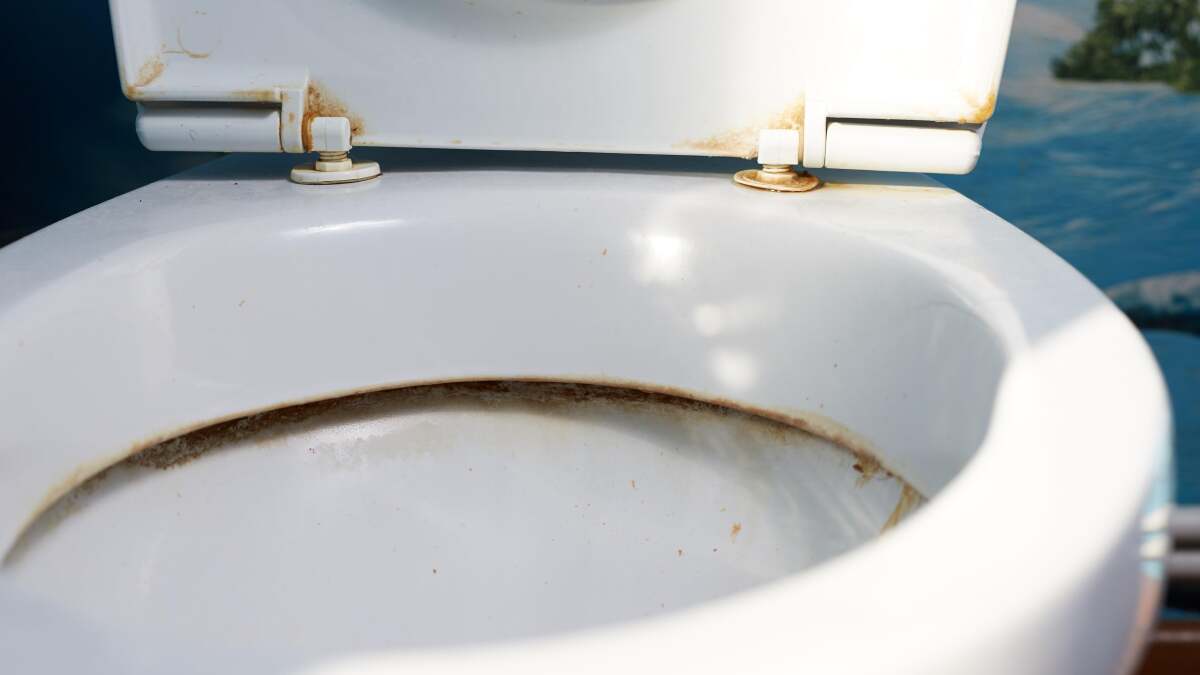
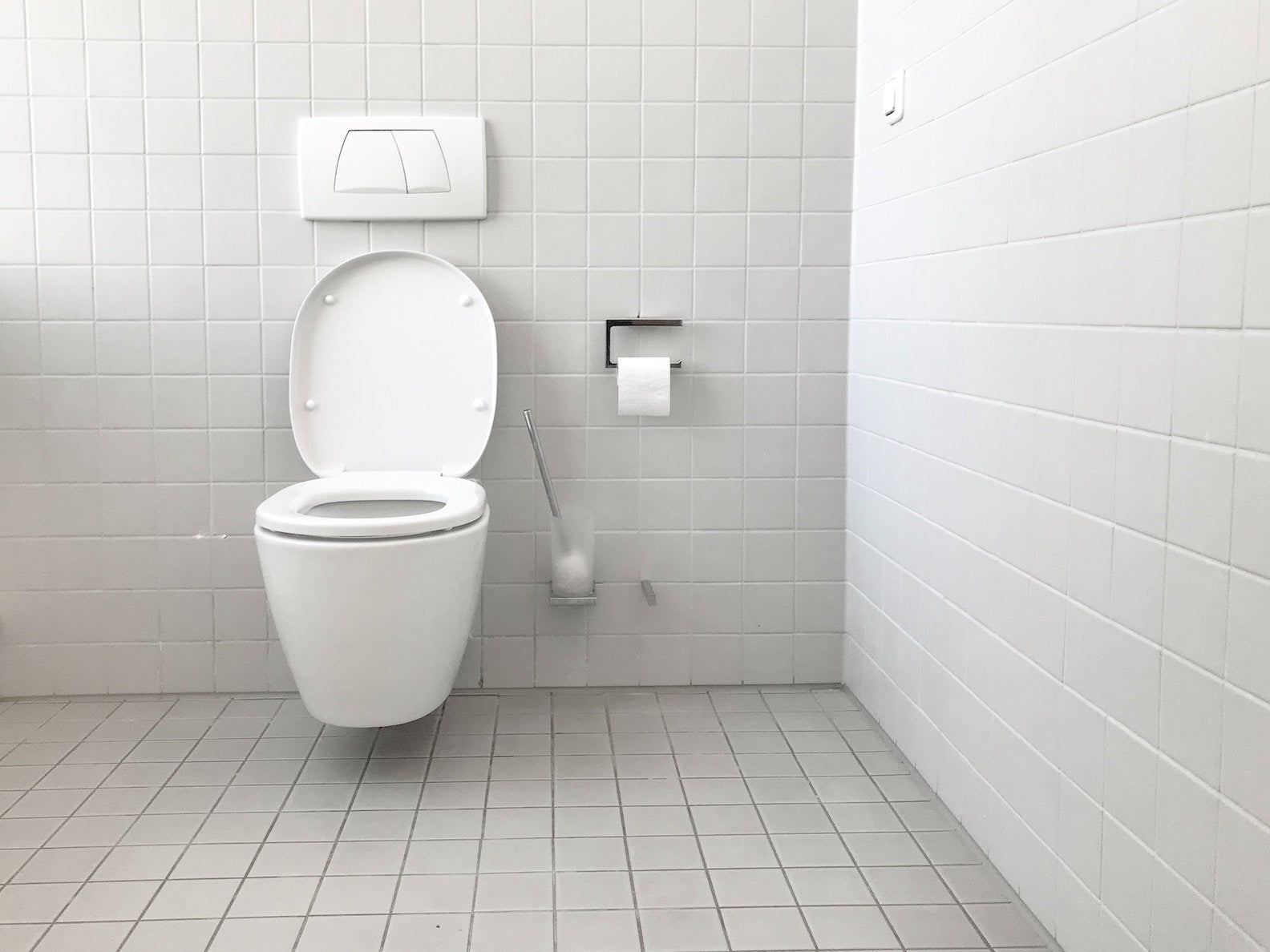
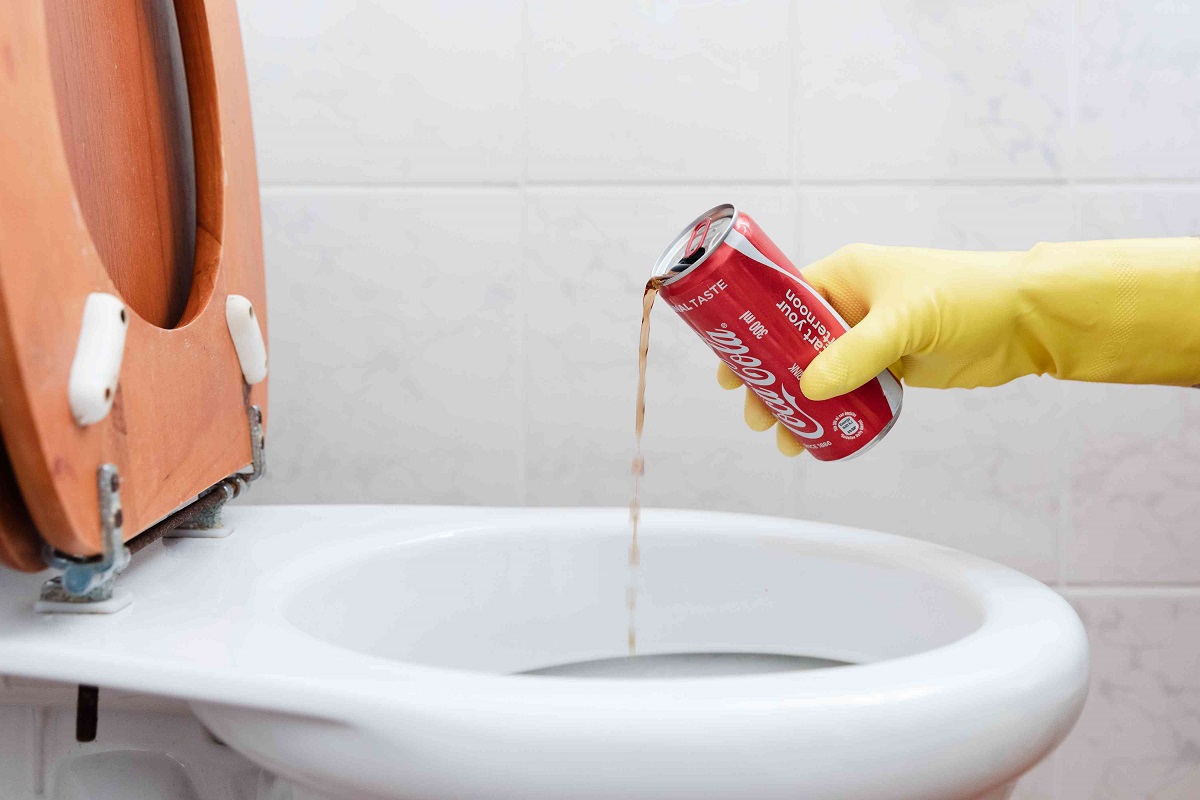
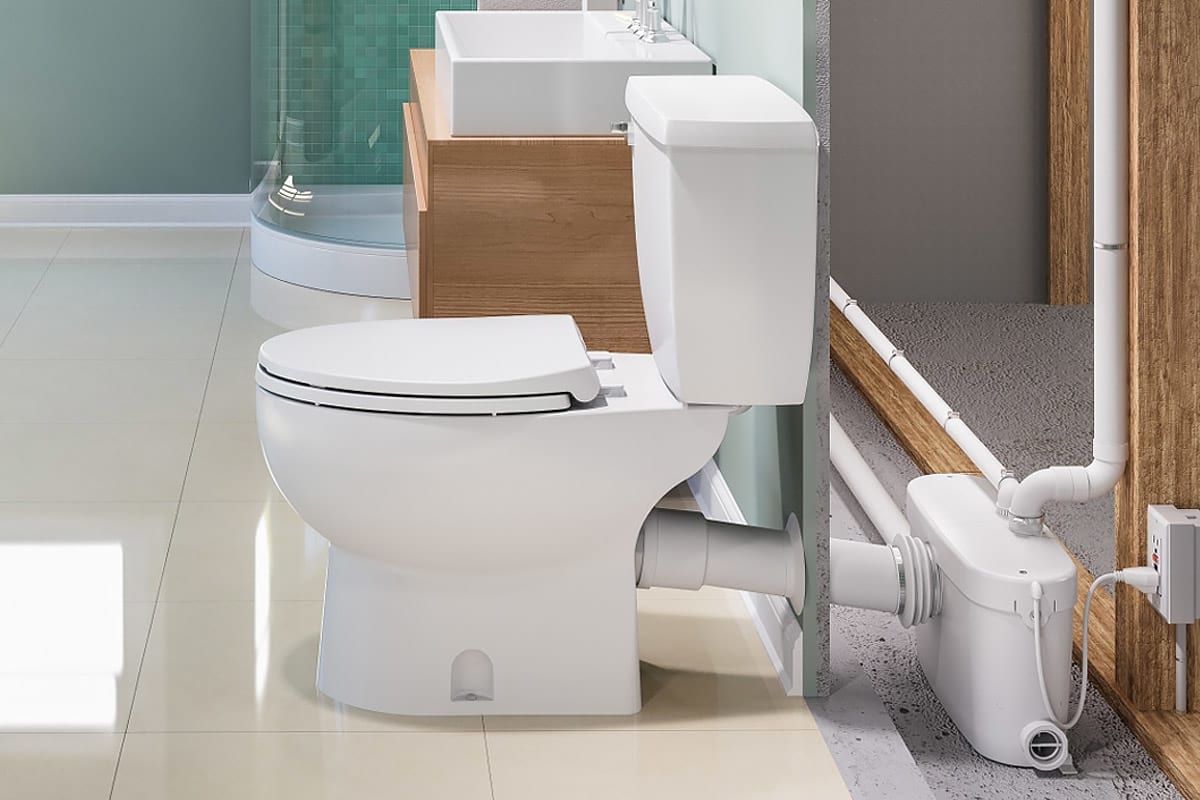
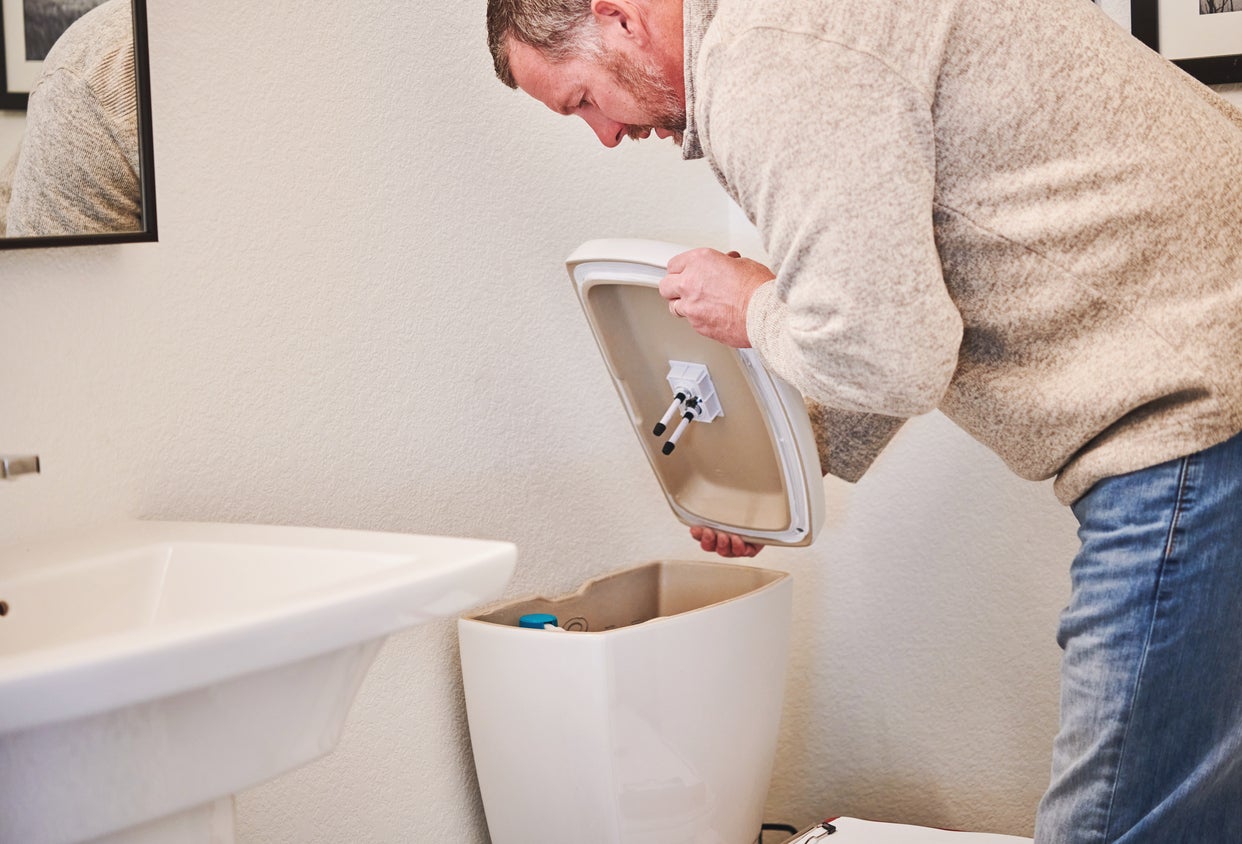
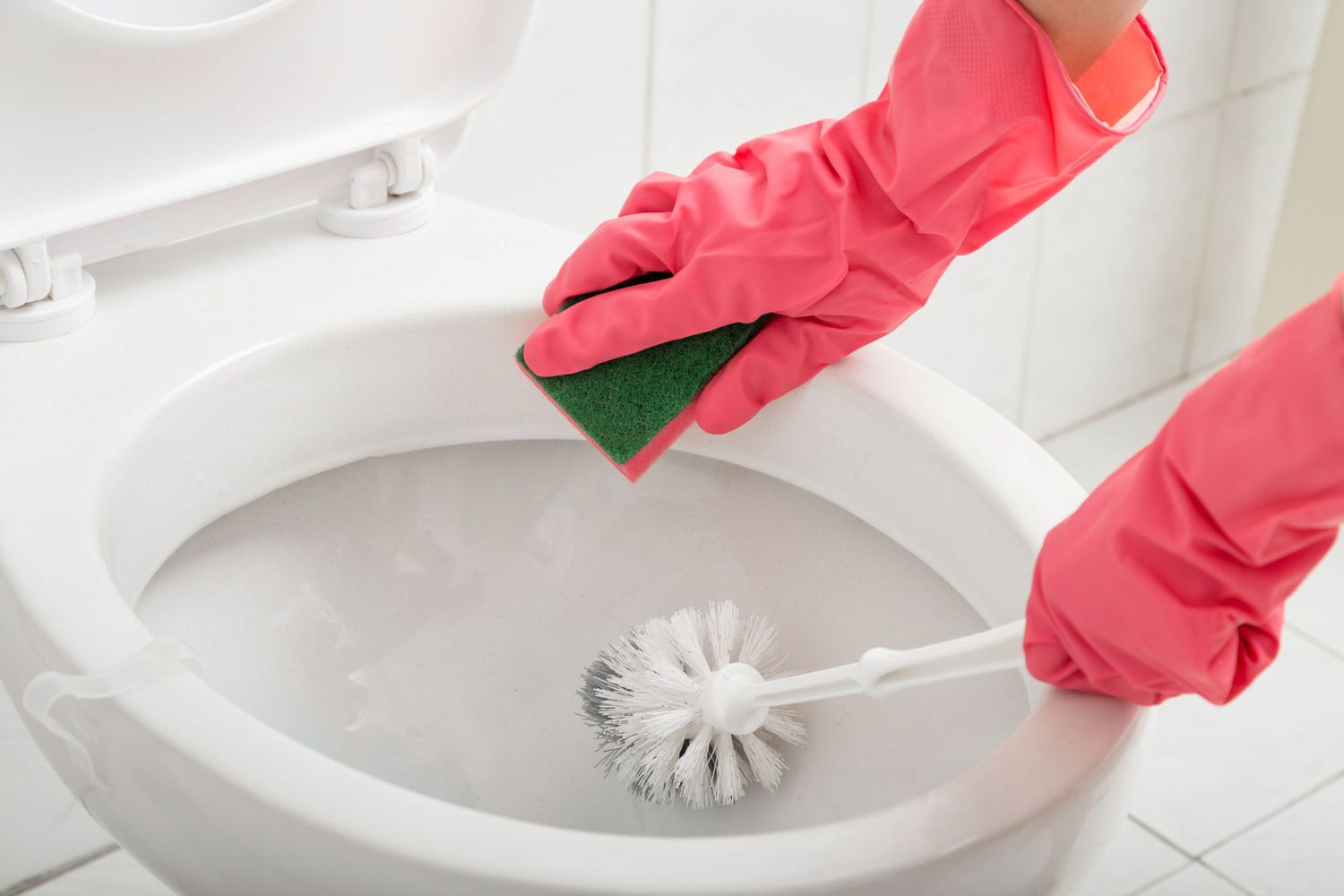
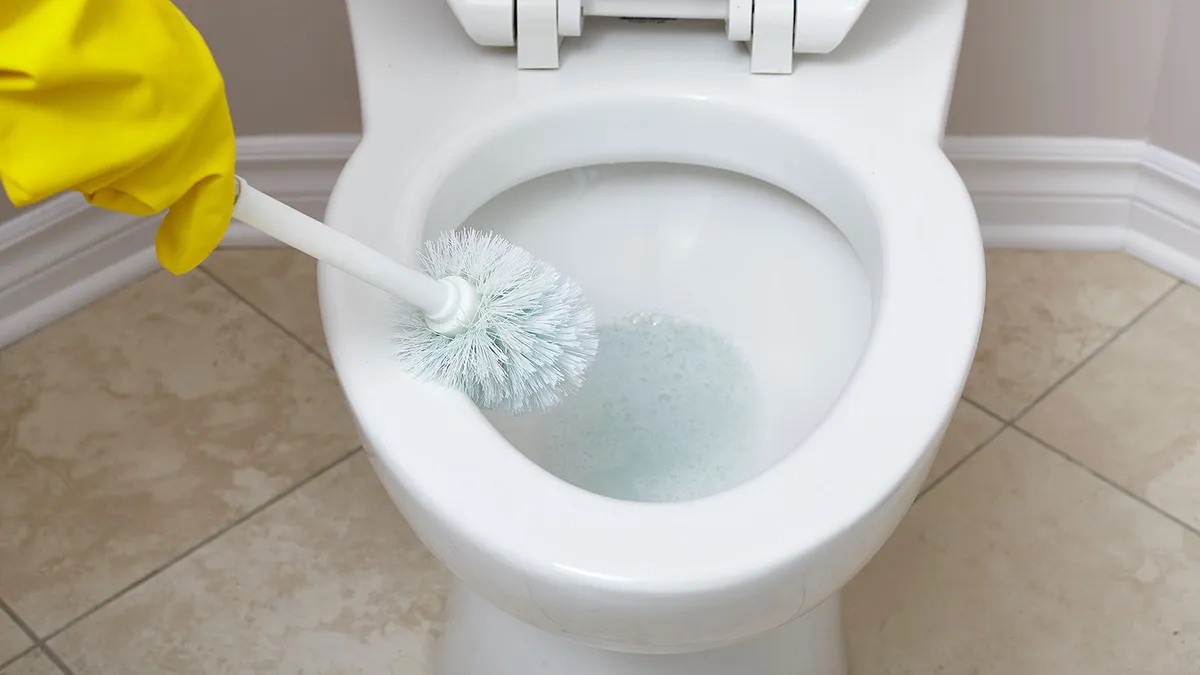
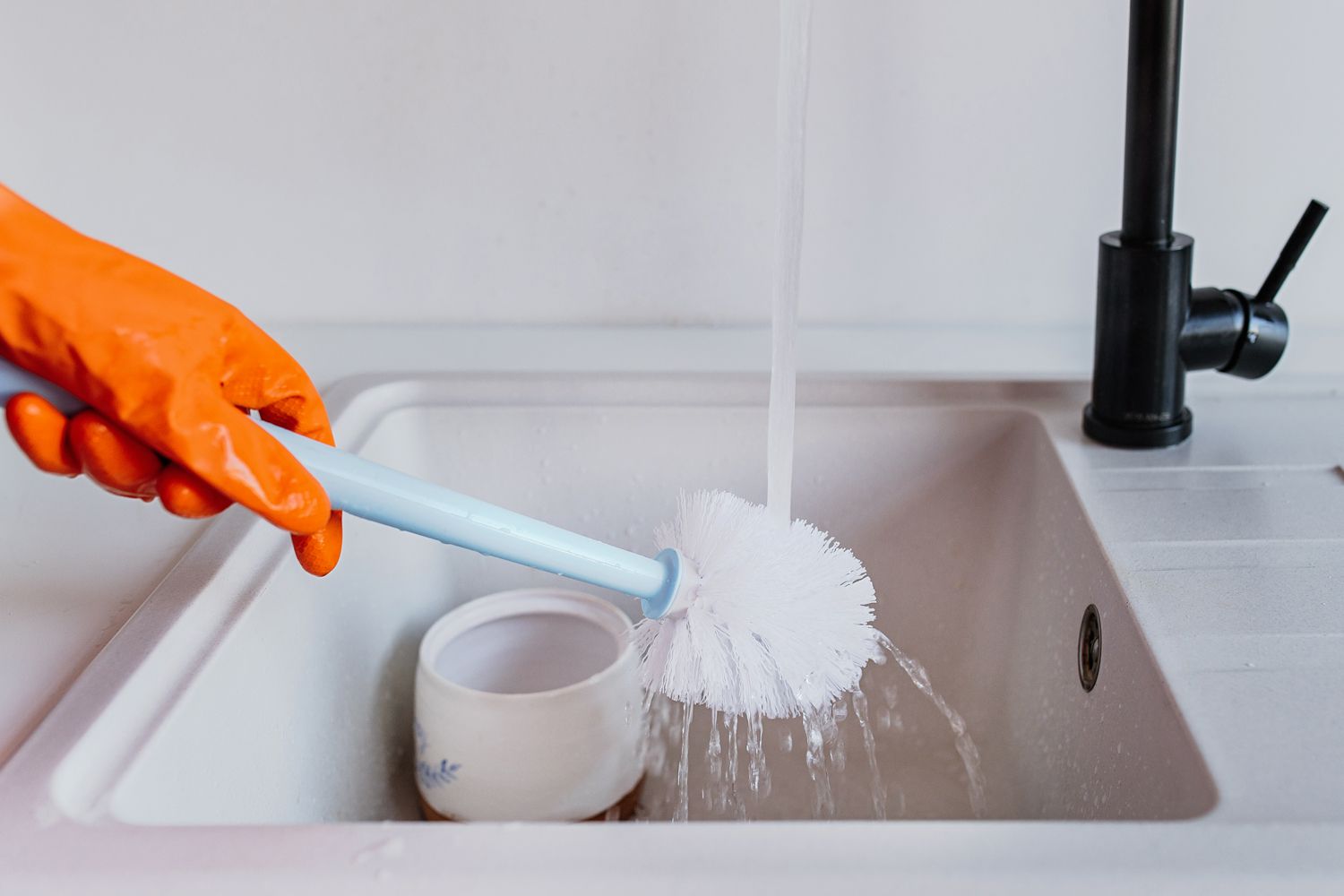
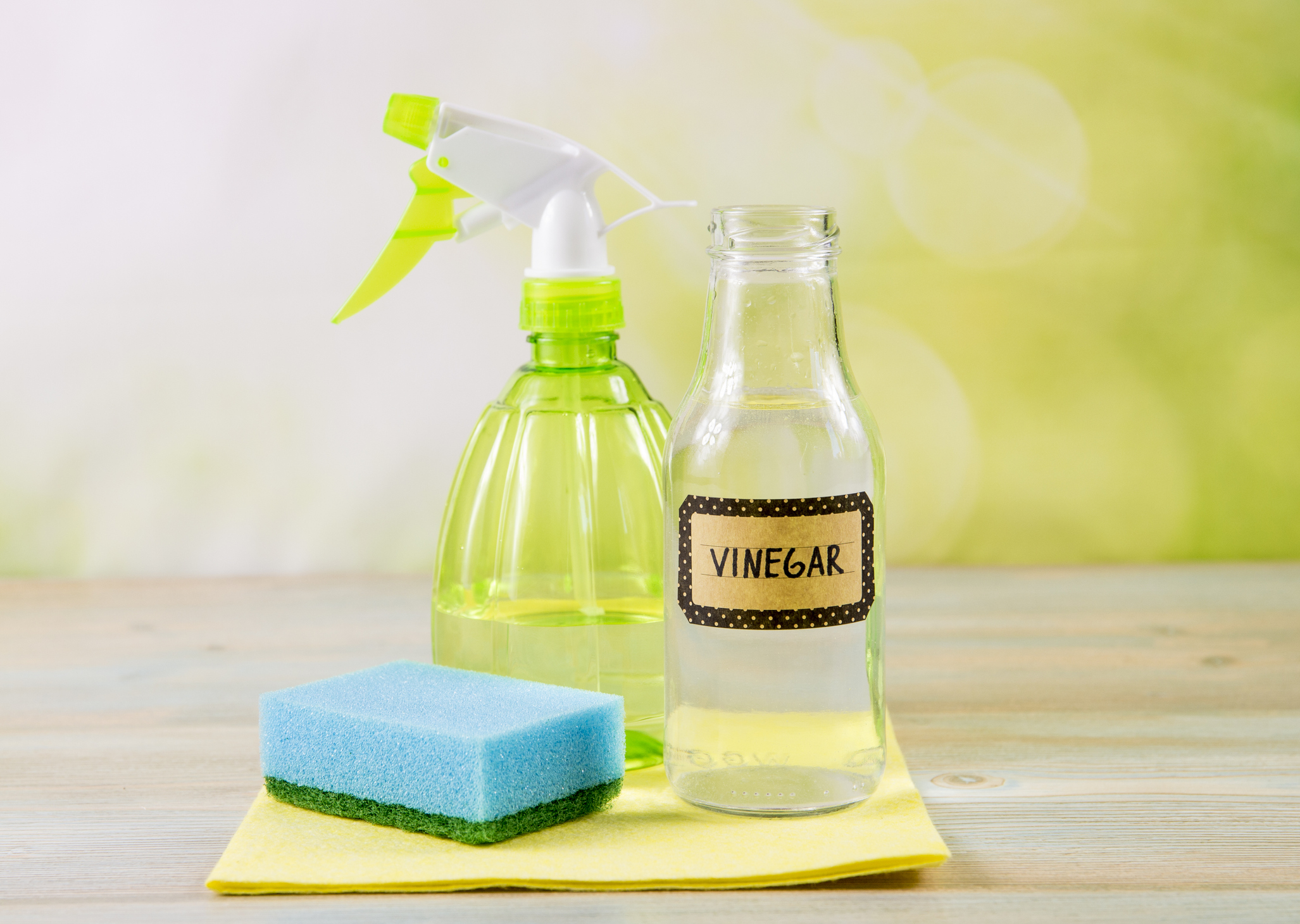
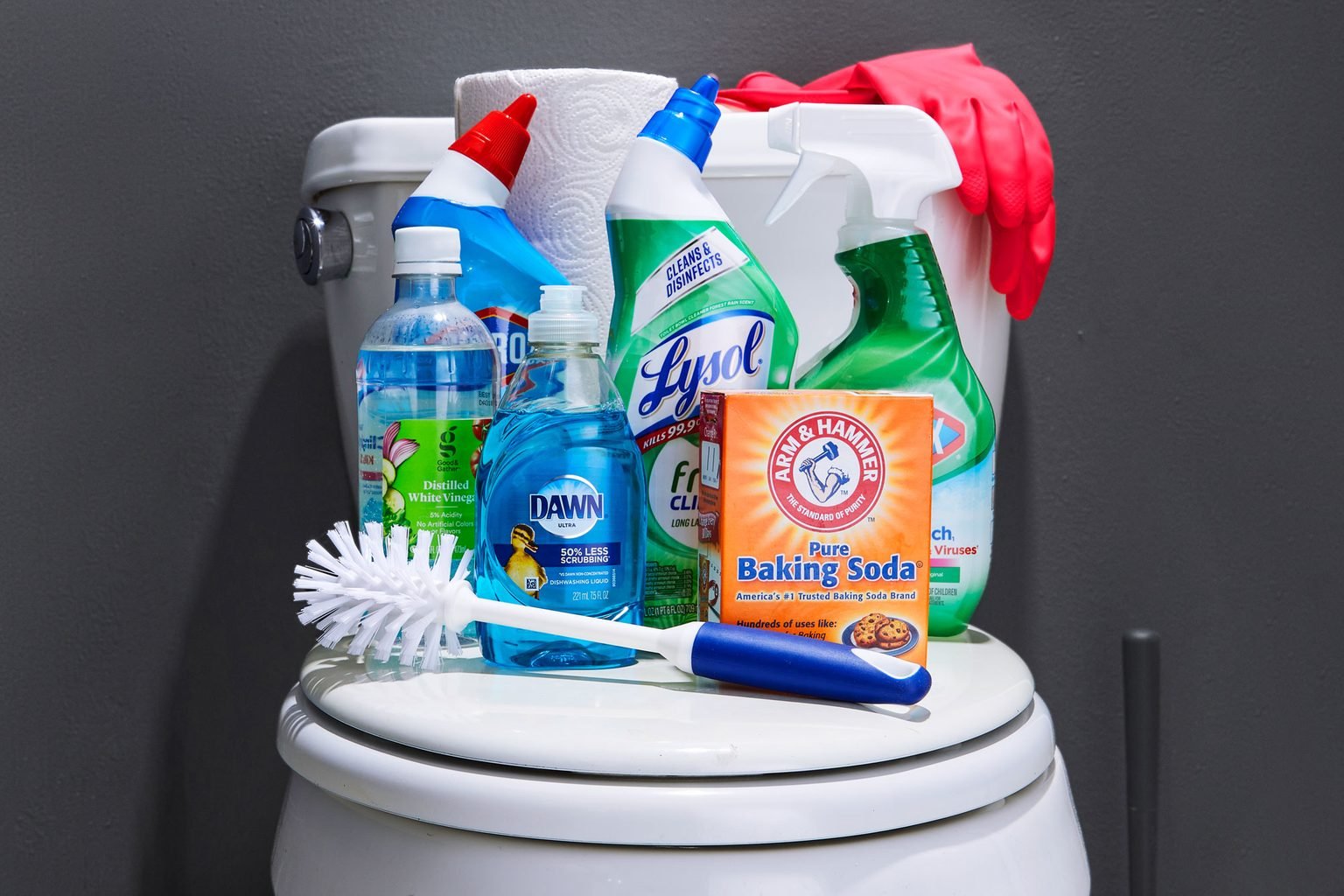
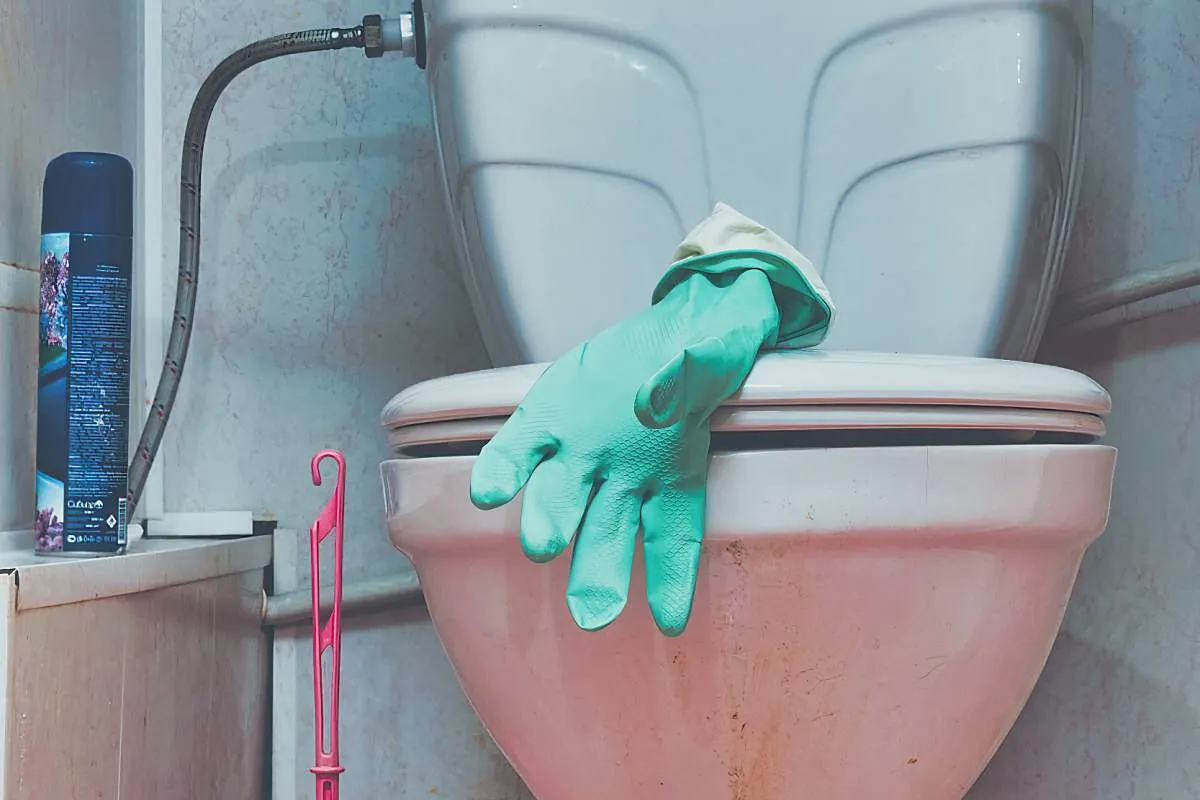
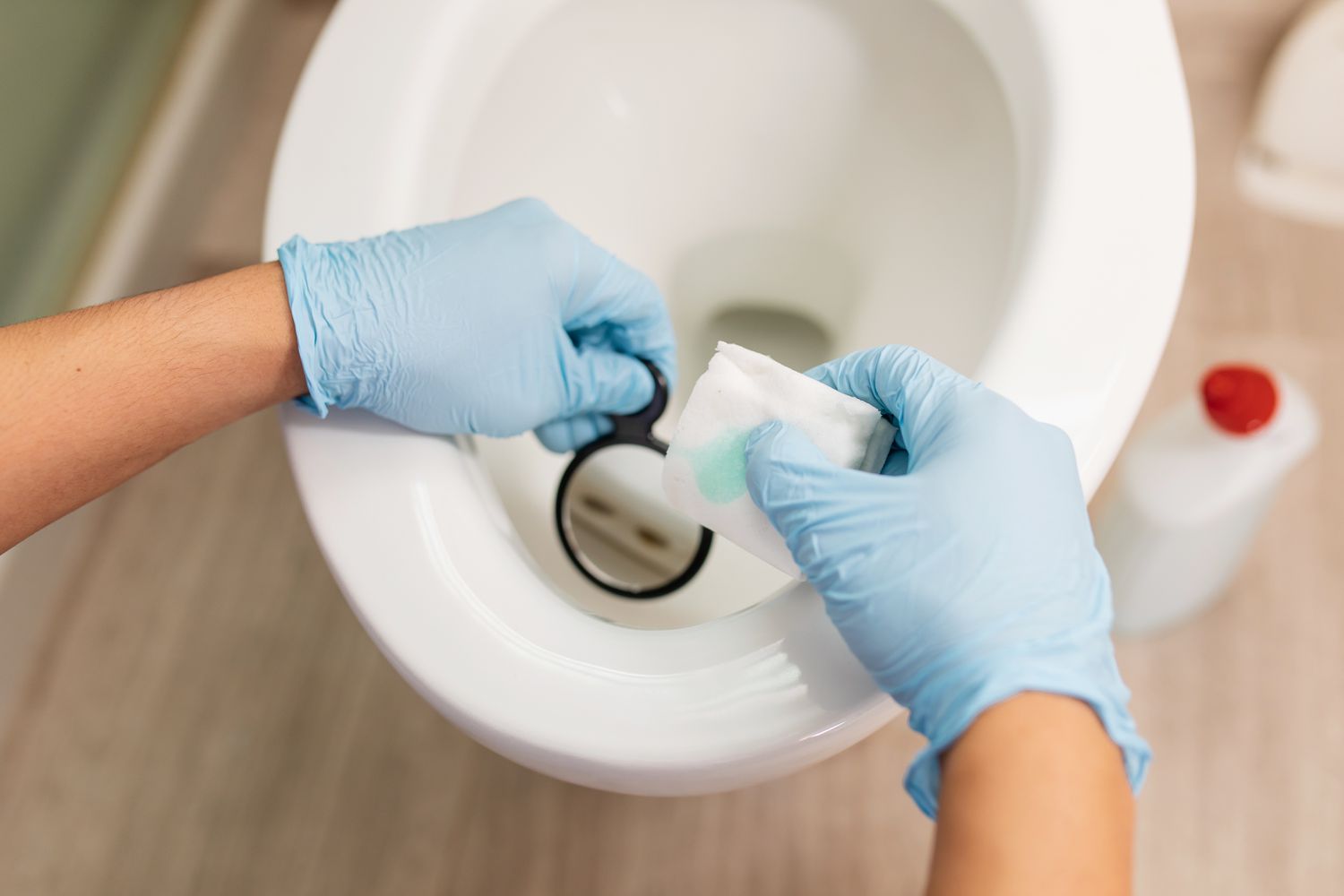

0 thoughts on “What Cleans Toilet Bowl Ring”